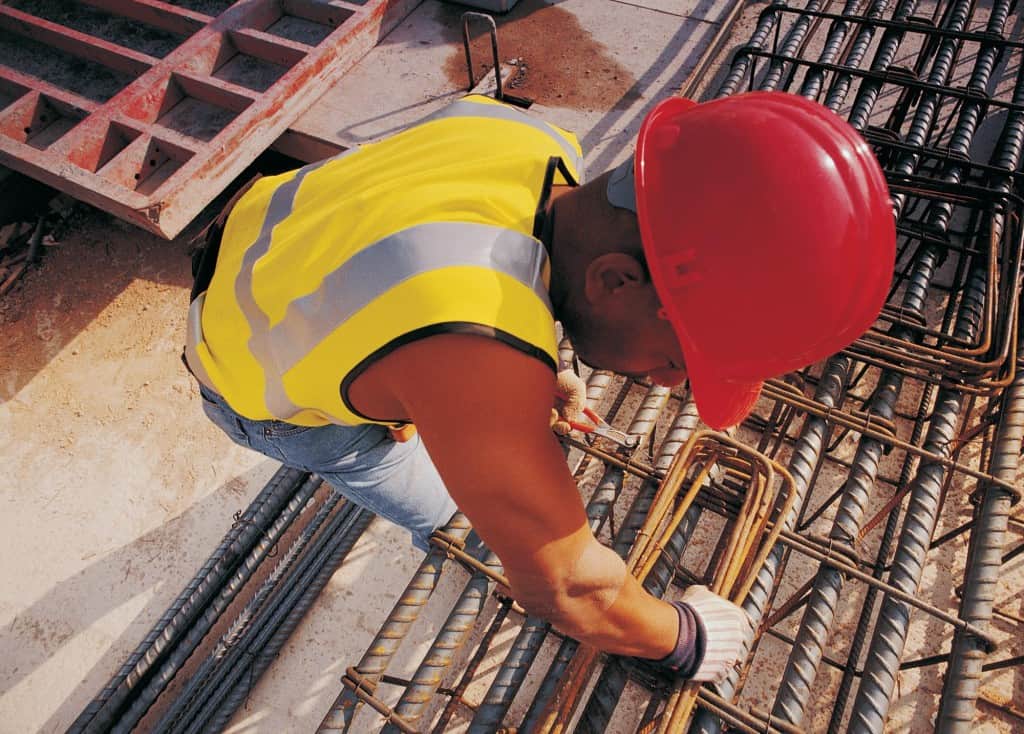Did you know that the Occupational Safety and Health Administration identifies that the top four causes of fatalities in construction are falls, being struck by objects, electrocutions, and being caught in or between hazards? About 1% of construction workers experience a fatal injury each year; and 1 in 100 construction workers gets injured severely enough to need time off work.
Construction sites are risky, and accidents can happen even when safety protocols are in place. If you’ve been injured in a construction accident, do you have legal options to seek compensation? And who is responsible for the harm you suffered?
According to construction accident lawyers from Diefer Law Group, P.C., the list of potentially liable parties includes contractors, subcontractors, property owners, and government entities. Each of these parties has specific responsibilities for maintaining a safe work environment, and if they fail in those duties, they could be held liable for your injuries.
Let’s learn about each potential party’s involvement in seeking justice and compensation for your suffering.
Contractors and Subcontractors
When suing for a construction accident, consider contractors and subcontractors liable. If something goes wrong, these parties are directly involved in construction and should be assessed. Contractors handle the construction project and ensure safety. Contractors hire subcontractors for project duties. Contractors and subcontractors must ensure safe and legal work.
Construction accident lawyer Marc Bleaman says that investigating the roles and responsibilities of contractors and subcontractors is necessary in the event of an accident. Determining whether they fulfilled their obligations can help establish liability for the incident. If negligence or failure to adhere to safety protocols is found, you may have grounds to sue these parties for compensation.
Property Owners
Property owners are responsible for ensuring their premises are safe for all workers and visitors. If an accident occurs because of hazardous conditions or negligence on the property owner’s part, they may be held liable for resulting injuries or damages. Determine whether the property owner fulfilled their duty to maintain a safe environment and adhere to building codes and regulations.
Property owners may be deemed negligent if they neglect to fix known safety hazards or haven’t warned about potential dangers. Property owners’s negligence might include issues like failing to inspect the property regularly, ignoring maintenance needs, or neglecting to address safety concerns immediately.
Equipment Manufacturers
Equipment manufacturers are important for the safety and functionality of construction machinery and tools. If a piece of equipment malfunctions due to a manufacturing defect, design flaw, or inadequate warnings or instructions, the manufacturer could be held responsible for any resulting accidents or injuries.
In cases where equipment failure contributes to a construction accident, you may have grounds to pursue legal action against the manufacturer. By holding manufacturers accountable for the quality and safety of their products, you not only seek compensation for any damages incurred but also help prevent similar accidents in the future.
Gather evidence of the equipment’s malfunction, document any injuries sustained, and consult with legal professionals experienced in construction accident cases to determine the best approach against the equipment manufacturer. Manufacturers must provide safe products, but if they fail, they can be held liable for the consequences.
Architects and Engineers
When accidents occur on a construction site, consider the potential liability of these professionals. If you believe that negligence on the part of an architect or engineer contributed to the accident, you may have grounds to sue them for damages.
Architects are responsible for designing buildings that meet safety standards and regulations. If their designs are flawed or fail to consider safety measures, they could be held accountable for any resulting accidents. Engineers are tasked with ensuring that the structural elements of a project are sound and can withstand various stresses. If an engineer’s calculations or oversight lead to a structural failure, they may also be liable for damages.
To determine whether you have a valid claim against an architect or engineer after a construction accident, consult a construction law expert. They can help you assess the circumstances of the accident and advise you on the most effective method.
Government Entities
When it comes to construction accidents involving government entities, such as incidents on public property or involving government-funded projects, the process for seeking legal recourse can be more complicated. If you’ve been injured in a construction accident involving a government entity, there are a few key points to consider.
Sovereign immunity may limit your negligence lawsuits against governments. Handling this legal system demands skill because these laws insulate government institutions from certain claims. Exceptions and waivers of sovereign immunity may allow you to sue. Take action now. For government claims, deadlines are generally rigorous, and missing them could mean losing your entitlement to compensation.
Conclusion
After a construction accident, you must determine who was negligent and responsible for the accident to seek compensation for your injuries and damages. Consulting with a personal injury lawyer can help you handle the legal process and hold the appropriate parties accountable for their actions.
Keep an eye for more latest news & updates on Hint Insider!




